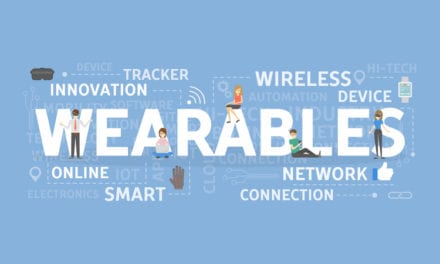A consortium of European research institutions and companies aim to help patients who have sustained spinal cord injuries (SCIs) through the EU’s NEUWalk project, in which researchers are working on a technique designed to electrically stimulate the nerve pathways in the spinal cord and potentially restore motor function.
“In the injured area, the nerve cells have been damaged to such an extent that they no longer receive usable information from the brain, so the stimulation needs to be delivered beneath that,” says Dr. Peter Detemple, NEUWalk project coordinator and head of department at the Fraunhofer Institute for Chemical Technology’s Mainz branch (IMM).
A news release from Fraunhofer-Gesellschaft explains that Detemple and his team are developing flexible, wafer-thin microelectrodes that are implanted within the spinal canal on the spinal cord. The multichannel electrode arrays stimulate the nerve pathways with electric impulses that are generated by the accompanying microprocessor-controlled neurostimulator. The electrodes of the array located around the nerve roots are responsible for locomotion, Detemple says.
“By delivering a series of pulses, we can trigger those nerve roots in the correct order to provoke motion sequences of movements and support the motor function,” Detemple adds.
The release reports that consortium researchers have already successfully conducted tests on rats in which the spinal cord had not been completely severed. Researchers stimulated the animals’ spinal cords and also provided a blend of medicine and rehabilitation training. The results indicate that following the treatment, the animals were able to walk, run, climb stairs, and scale obstacles.
Detemple notes that the team hopes to transfer the results of the animal testing to people. Individuals who have suffered injuries to their spinal cord will still be limited when it comes to sport or walking long distances, he acknowledges. However, the first priority is to provide a certain level of independence to allow them to move around their home and engage in daily activities, such as walking for short distances without assistance, he says.
According to the release, NEUWalk project researchers plan to test the system on two patients this summer. The patients are not completely paraplegic, researchers note. Tailored implants for the intervention are currently being worked on.
Detemple goes on to caution that even if both trials are successful, “it will still be a few years before the system is ready for the general market. First, the method has to undergo clinical studies and demonstrate its effectiveness among a wider group of patients.”
The release notes that patients with Parkinson’s disease may also benefit from the neural prostheses.
Mainz researchers are scheduled to attend the Sensor + Test 2014 measurement fair in Nürnberg to showcase the neural prostheses.
[Source(s): Science Daily, Fraunhofer-Gesellschaft]




